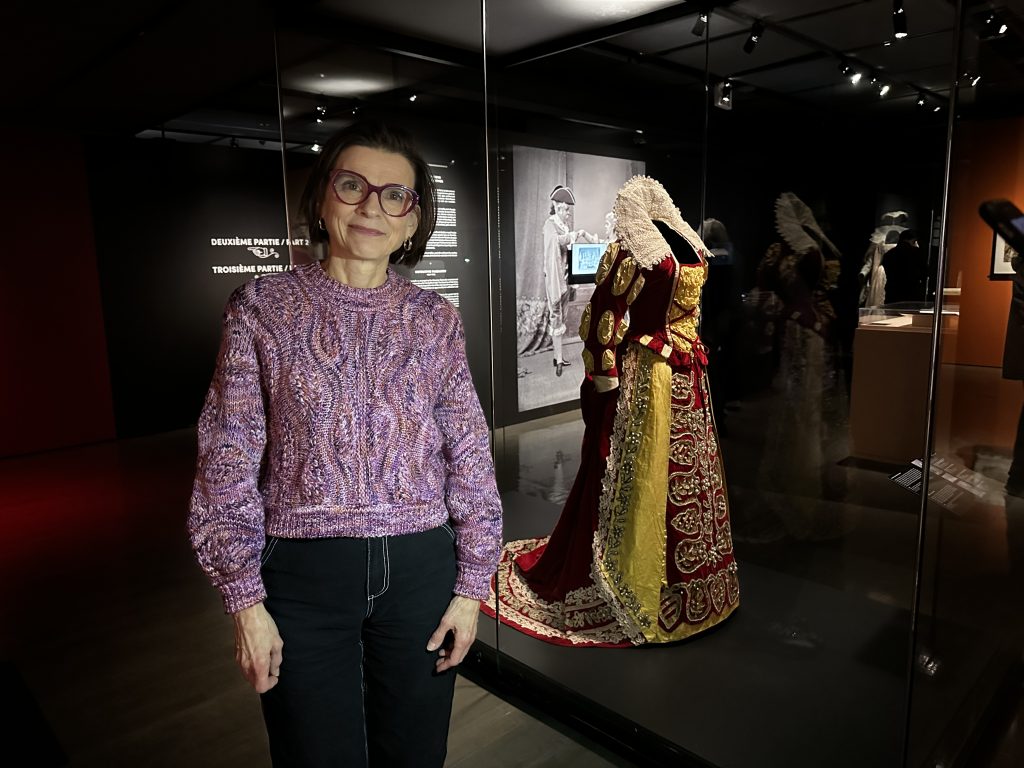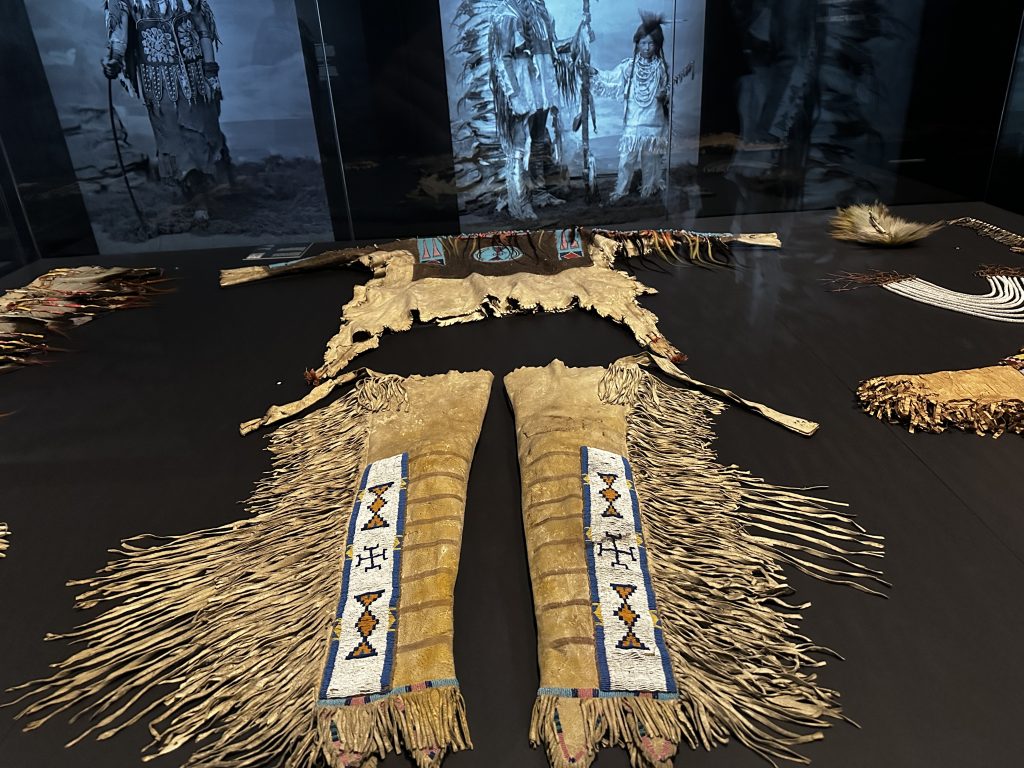Museum exhibit highlights colonial romanticism of Indigenous culture and people
Posted November 15, 2024 9:36 pm.
Last Updated November 15, 2024 10:23 pm.
A new exhibition at the McCord Stewart Museum in Montreal is shining a light on darker pasts, showcasing the romanticized empathy of Indigenous people and culture.
The exhibit, Costume Balls: Dressing Up History, 1870-1927 opened on November 13 and tells a story of Canada’s lavish and extravagant costume balls where many non-Indigenous powerful colonial figures dressed up as Indigenous people as a way to transform themselves into characters inspired by history or fantasy.
The exhibit highlights this forgotten Canadian history and though these events took tremendous dedication and effort to display such an evening, a critical look at the way these grand events helped reinforce imperialist myths and colonial destiny, is something experts like Cynthia Cooper and Jonathan Lainey hope visitors take away with them.

“This wasn’t just anybody wearing these objects or dressing their friends in them, they were people in positions of considerable power who were actively enacting policies to oppress Indigenous people,” said Cooper, exhibition curator.
“They’re asking all participants to join them in expressing a certain vision or version of Canadian history, a sort of pageant of Canadian history that expresses very clearly who and what belongs in the past and who belongs to the present and future,” Cooper said.
Open until August 17 2025, the exhibit features handmade extravagant costumed characters, often portraying historical figures like Marie Antoinette, or Henry VIII.
Beneath it all, these balls reinforced core myths of colonial destiny and imperial futures. Cooper and Indigenous cultures curator Jonathan Lainey wanted to bridge this perspective, as a reminder of the impacts of colonialism.

“While people were having fun, there were some cultures that were being disrespected at the same event,” said Lainey.
“Pretending they are disappearing and therefore you can actually wear them is not appropriate.”
“They were not there to glorify Indigenous traditions they were there to actually make fun of them”

Cooper said the invitation to reimagine oneself as an alter ego was no less than an opportunity of a lifetime, with many taking great pride and time to create these costumes. She said these balls took place in Montreal, Quebec City, and Ottawa as late as 1927, with over 40 outfits currently on display followed by photographs of guests in costume.
“You have people dressing up in these costumes and pretending to dance at a time when Indigenous people were having their right to perform ceremonies and dance, they were having that all taken away,” Cooper explained.

Powerful figures like Canadian politician Hayter Reed, who advocated for residential schools would wear traditional Indigenous attires — which was often misused and represented. He, along with many others would dress in black face, a fact Lainey was surprised to learn during his research.
“One could think, are they wearing trophies to show that our policies are working because they’re disappearing and the evidence is that now we can wear their belongings,” he questioned.
The exhibit was created in part with a collaboration with an Indigenous advisory committee, which Cooper said was vital in incorporating their voice. An Indigenous narrator was brought in, by request from the committee to show visitors that despite the romance behind the dying Indian, the voice provides the reminder that these cultural values still exist.
Lainey said today more than ever people still need to be mindful of this.

“Every year with Halloween, we still need to remind people that it’s not okay to dress up as Indians, right? So it’s in the popular belief or thought, I don’t know, it’s still there, it’s still really present.”
Cooper echoed that sentiment hoping visitors and spectators will have a deeper understanding on the harm these issues cause.
“It is absolutely still happening,” Cooper said. ” [And] we would like to do our part towards educating our visitors that it does have an effect.”








